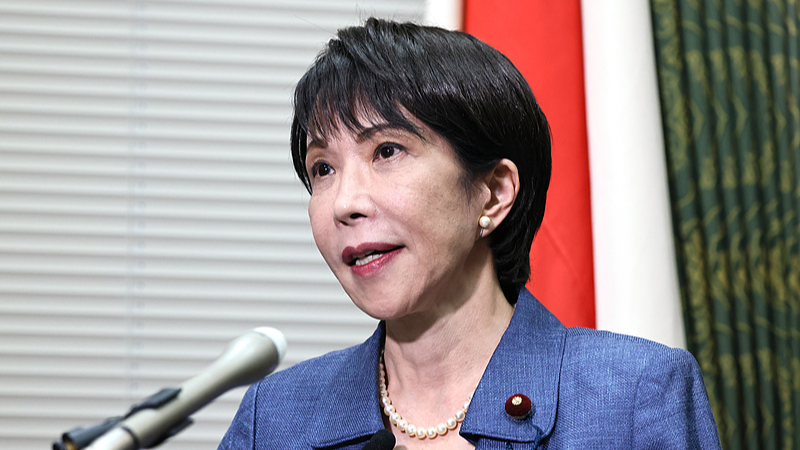At 11:49 p.m. on May 25, a magnitude-6 earthquake struck 178 kilometers south-southwest of Ohonua, Tonga, at a depth of 11.6 kilometers. While reports suggest limited damage, the tremor served as a stark reminder of the Pacific’s volatile seismic landscape.
Fiji, Tonga and Vanuatu sit astride the Pacific Ring of Fire—an arc of volcanoes and fault lines where continental plates meet, triggering frequent earthquakes, tsunamis and volcanic activity. For island communities, even moderate quakes can disrupt power, communication networks and supply chains overnight.
Cyclones, tsunamis and tremors can swiftly upend livelihoods, from fishing to tourism, and strain critical infrastructure. In this context, regional partnerships are vital for sharing knowledge, technologies and resources to reduce risks and save lives.
Against this backdrop, China and Pacific island nations have stepped up disaster relief cooperation. They are forging new channels for joint drills, data sharing and emergency resource pooling to boost readiness across the region.
This collaboration emphasizes capacity building—training local first responders, deploying advanced monitoring tools and streamlining cross-border aid deliveries. The goal is simple: slash response times when natural disasters strike.
As extreme weather and seismic events intensify, such alliances are more crucial than ever. For travelers exploring these island paradises, enhanced early-warning networks offer greater safety. And for young global citizens, it’s a powerful example of how cross-border solidarity can turn vulnerability into resilience.
Reference(s):
China, Pacific Island nations strengthen disaster relief cooperation
cgtn.com

